11 Brutally Honest Facts About Life in Modern Cities
Think you know what city life is really like? Think again. Modern cities look all shiny and Instagram-perfect from the outside—sleek skyscrapers, artisanal coffee shops, and enough neon lights to make a glow stick jealous. But beneath the polished surface, it’s chaos with a side of irony, served 24/7.
From traffic jams that could double as meditation retreats to parks so tiny you can high-five the stranger next to you while pretending you’re “in nature,” city life is a mix of brilliance, madness, and the occasional existential crisis. And yes, we’re going to be brutally honest about it.
Welcome to the messy, loud, sometimes absurd world of modern cities. Here are 11 facts that will make you laugh, cringe, and probably rethink that apartment you’ve been eyeing downtown.
1. Cities Never Sleep, But People Pretend They Do
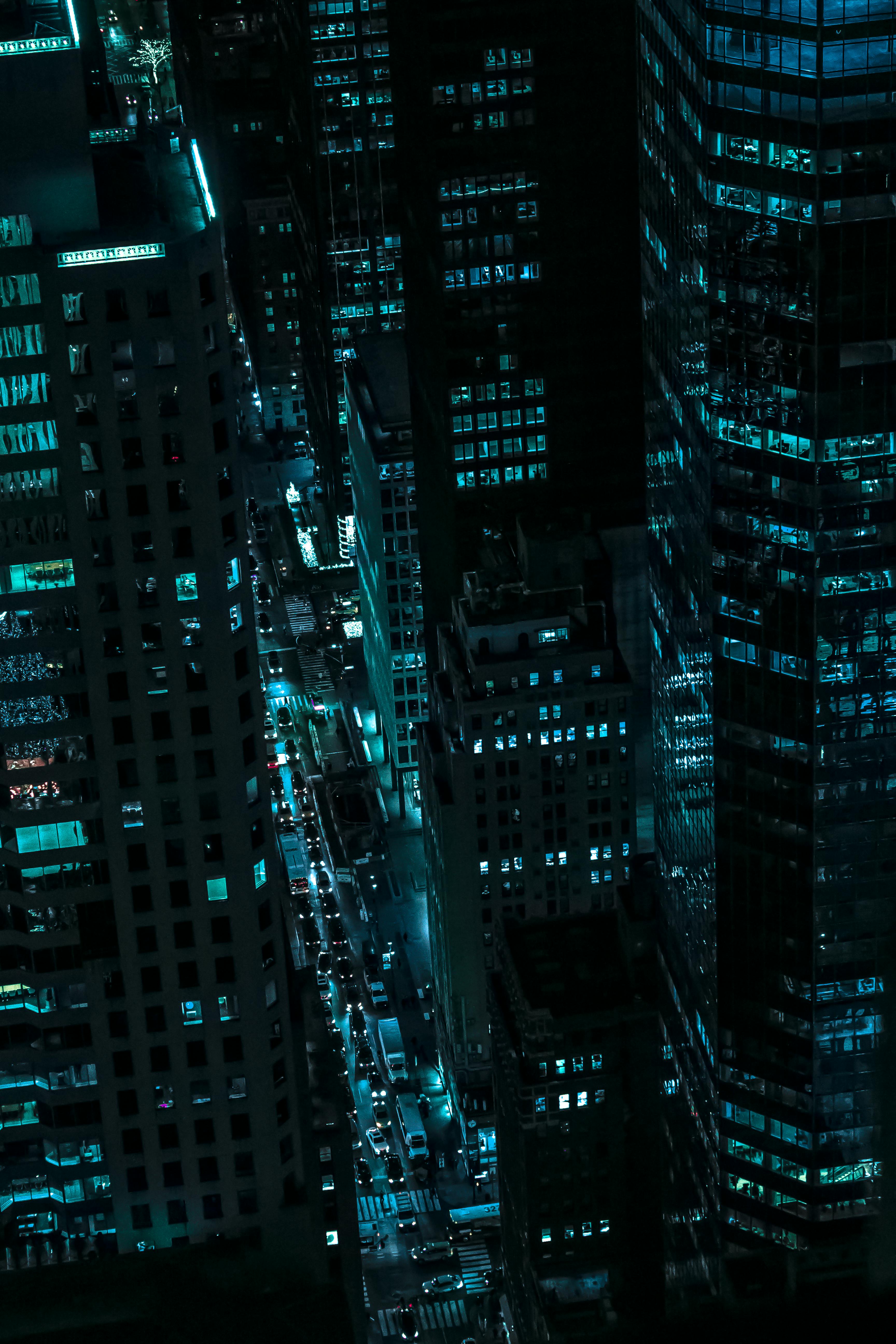
Modern cities are like that over-caffeinated friend who insists on being the life of the party—24/7. They’re awake when you’re asleep, and they’re still going strong when you’re hitting snooze for the fifth time. Take New York City, for instance. The city that never sleeps? More like the city that never lets you sleep. From the constant hum of traffic to the neon lights that make you question if it’s day or night, NYC is a relentless energy machine. Times Square at 1 a.m. is busier than rush hour in most American cities, and the subway system never closes.
And then there’s Tokyo’s Shinjuku district. Kabukicho, the largest entertainment district in Asia, is a neon-lit playground where the night never ends. Whether you’re grabbing a late-night ramen or stumbling upon a hidden jazz bar, Shinjuku’s nightlife is as vibrant as it is unpredictable. Even on weekdays, crowds of people gather to enjoy drinks at various establishments.
But here’s the kicker: while these cities are buzzing with activity, the people who inhabit them are often running on empty. The constant hustle and bustle can lead to burnout, with residents sacrificing sleep for the sake of productivity or socializing. It’s a paradox—cities that never sleep, inhabited by people who desperately need to.
So, the next time you’re in a city that seems to be awake at all hours, remember: it might be the city that’s keeping you up.
2. The Sky Isn’t Always Blue (or Clean)
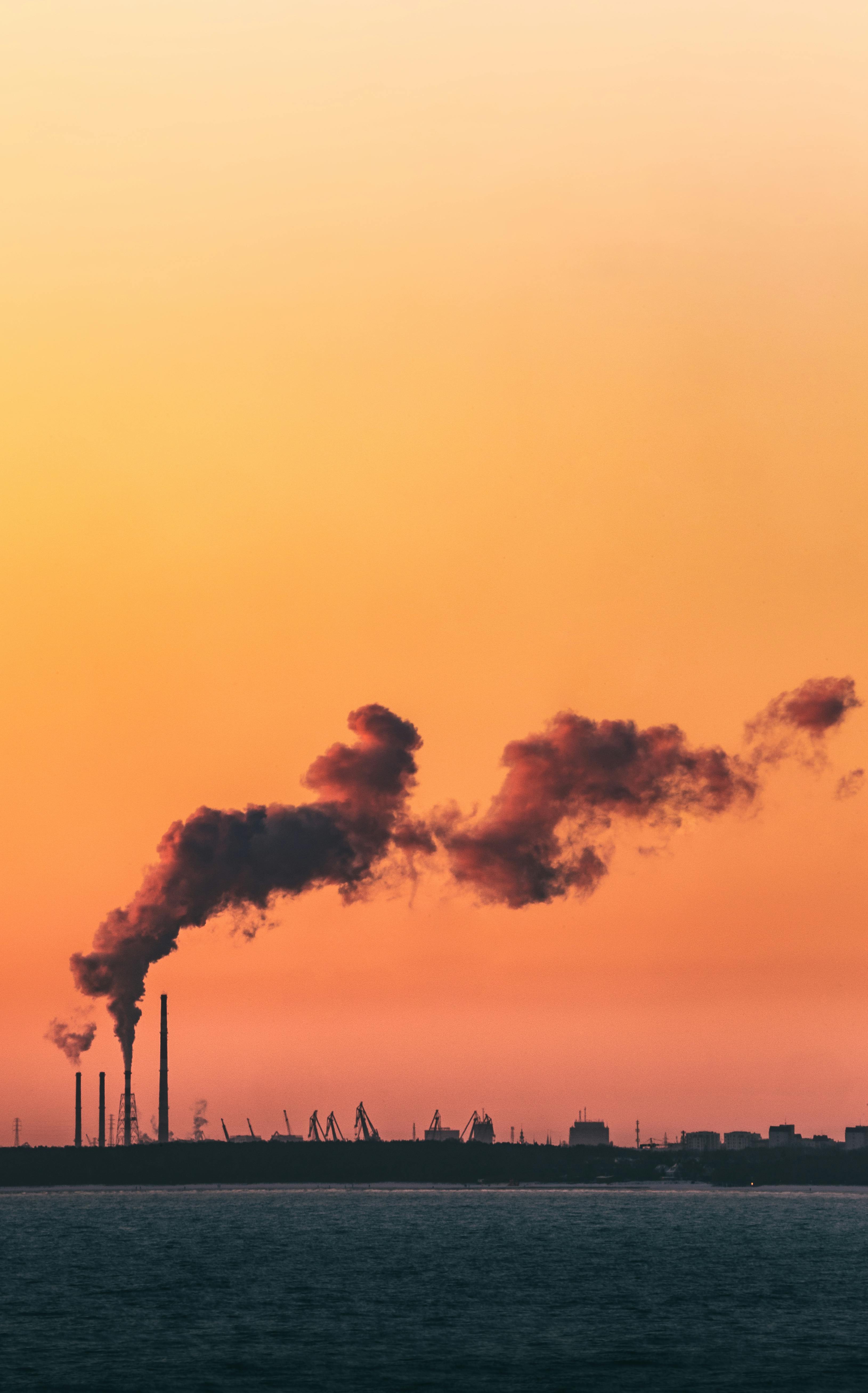
Modern cities often boast about their skyline views, but what they don’t advertise is the thick, hazy blanket of pollution that often accompanies those vistas. While the glass-and-steel facades gleam under the sun, the air quality might be giving you a not-so-welcome hug.
Take New York City, for instance. In June 2023, the city experienced some of the worst air quality in its history due to wildfire smoke from Canada. The Air Quality Index (AQI) soared to hazardous levels, turning the iconic skyline into a ghostly silhouette. Residents were advised to stay indoors, and outdoor events were canceled. This wasn’t just a one-off; similar events have become more frequent, highlighting the growing vulnerability of urban areas to environmental disasters.
Across the globe, cities like Delhi, India, and Lahore, Pakistan, regularly rank among the most polluted in the world. In 2024, Lahore had an average PM2.5 concentration of 150.4 µg/m³, far exceeding the World Health Organization’s recommended limit of 5 µg/m³. These levels are not just numbers; they translate to real health risks, including respiratory and cardiovascular diseases.
But it’s not just about the numbers; it’s about the lived experience. In many urban areas, the air quality is so poor that residents have become accustomed to wearing masks, not just during flu season but as a daily necessity. Children play in parks that are more smog than green, and the elderly are advised to limit outdoor activities. This isn’t just an inconvenience; it’s a public health crisis.
So, the next time you’re admiring the city skyline, take a moment to consider what’s in the air you’re breathing. That picturesque view might come with a side of smog.
3. Green Spaces Are More Popular Than You Think (But Rarely Big Enough)

Modern city dwellers crave nature—even if it’s just a patch of grass between concrete giants. Urban parks are no longer optional; they’re survival tools for sanity. But let’s be honest: most of them are glorified decorative patches that barely fit your yoga mat.
Take Central Park in New York City. Sprawling over 843 acres, it’s technically huge—but with 42 million annual visitors, personal space is basically a myth. You might find yourself practicing meditation while dodging joggers, tourists, and someone’s frisbee that’s taken a wild detour.
Meanwhile, Millennium Park in Chicago proves that even a smaller park can be a cultural hotspot. With its iconic “Bean” sculpture, outdoor concerts, and free yoga sessions, it’s packed with humans pretending they’re escaping the city grind. Spoiler: the air smells like hot dog stands and street pretzels—nature optional.
And here’s the kicker: studies show urban green spaces are linked to better mental health, lower stress, and even longer life expectancy. Yet, city planners often prioritize revenue-generating buildings over actual green breathing room. So yes, you can “escape” the concrete jungle… for about three blocks.
Cities love to flaunt their parks like badges of virtue—but let’s not kid ourselves: enjoying nature in the city often comes with elbowing strangers, dodging selfie sticks, and inhaling enough exhaust to remind you that the jungle is still concrete.
4. Traffic Jams Are an Art Form

If you think traffic is just a minor inconvenience, congratulations—you’ve never experienced a true urban masterpiece. Modern cities have perfected gridlock into something approaching performance art, where honking horns and brake lights form a symphony of frustration.
Take Los Angeles, the poster child of traffic chaos. The average Angeleno spends over 100 hours per year stuck in traffic, according to the INRIX Global Traffic Scorecard 2024. That’s enough time to binge-watch an entire Netflix series… twice. And yet, somehow, everyone still insists on driving. It’s like a tragic, smoggy ritual nobody wants to abandon.
Then there’s Mumbai, where rush hour feels like a survival game. Scooters weave like stunt performers, rickshaws push the limits of physics, and pedestrians play Frogger with terrifying grace. Honking isn’t optional—it’s a language, a declaration of existence in the chaos.
Even smaller U.S. cities aren’t immune. Washington D.C. residents know the pain of “rush hour” that starts at 3 p.m. and somehow never ends until 8 p.m.—if you’re lucky. Meanwhile, your GPS keeps optimistically recalculating, like it’s mocking you.
Traffic jams aren’t just delays—they’re social experiments, public performances, and endurance tests rolled into one. And if you think the problem is “just a little congestion,” remember: in modern cities, traffic is serious business, and patience is a myth.
5. Cities Are Full of Secret Communities
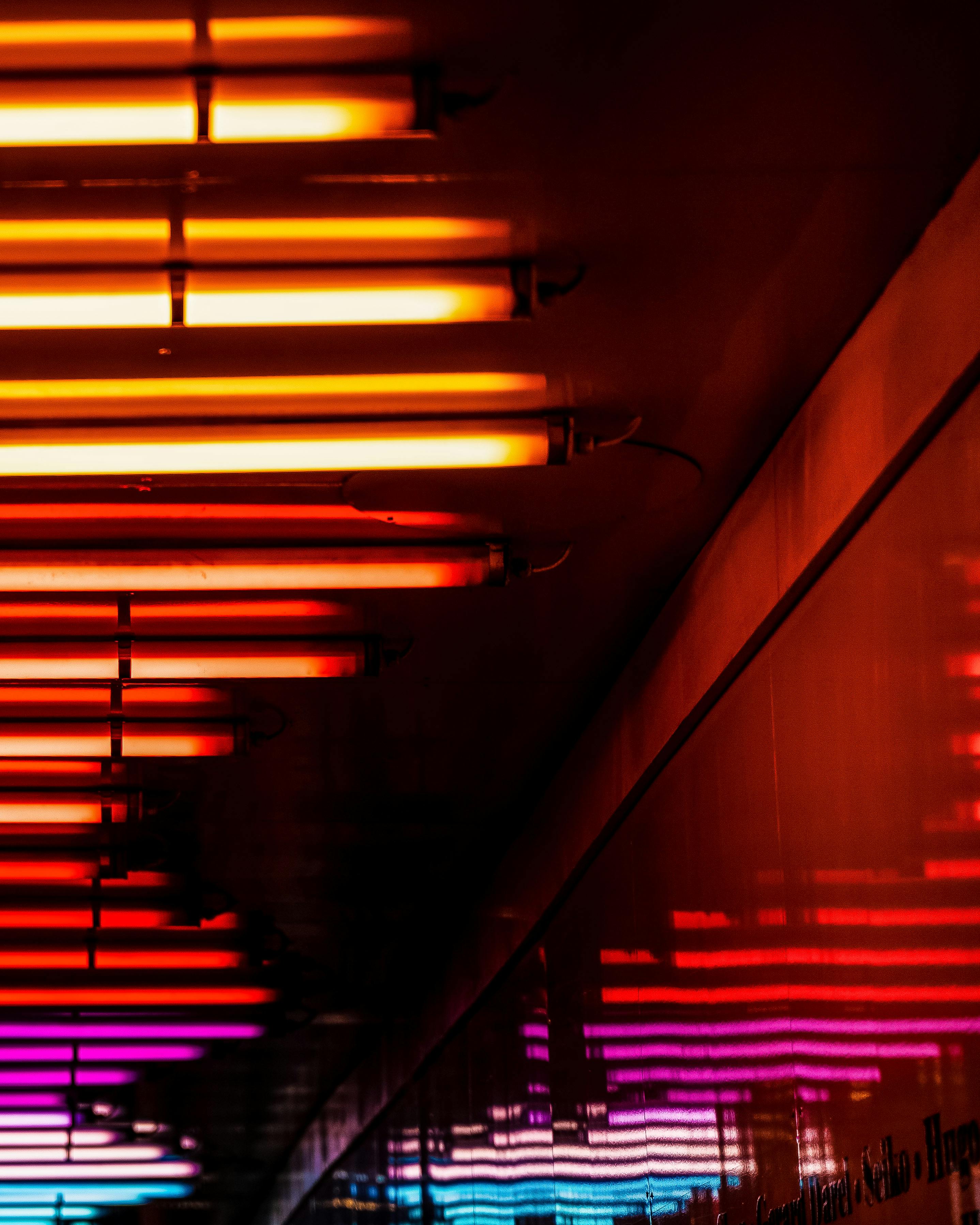
Modern cities might look like sprawling chaos, but underneath the neon lights and concrete towers, there’s a hidden world of niche communities. These aren’t just your casual hobby groups—they’re passionate, weird, and sometimes downright bizarre clans that thrive in the shadows of urban life.
Take Berlin, for example. The city is famous for its underground art and music scenes. You can stumble into a converted warehouse at 2 a.m., and suddenly you’re in the middle of a techno party that feels like it shouldn’t legally exist. Participants range from eccentric DJs to people who treat glow sticks like sacred artifacts. Welcome to Berlin’s secret kingdom—membership by curiosity, stamina, and ability to dance until sunrise.
In New York City, speakeasies have made a comeback. But these aren’t just Instagrammable bars—they’re hidden in basements behind unmarked doors, accessible only to those who know the password. You could walk past the front entrance a dozen times and never know it’s there. It’s like a city-wide scavenger hunt, but with cocktails and a heavy dose of hipster flair.
Even smaller urban centers have their secrets. In Portland, you’ll find secret knitting clubs, underground poetry readings, and tiny societies of urban gardeners swapping heirloom seeds. These communities provide a sense of belonging in cities where anonymity is the default.
Here’s the kicker: these secret communities thrive precisely because the city feels too big, too noisy, and too chaotic to navigate conventionally. They’re the antidote to urban isolation—a reminder that beneath the concrete, there’s still space for connection, creativity, and just a little bit of magic.
6. Skyscrapers: Impressive, But Lonely
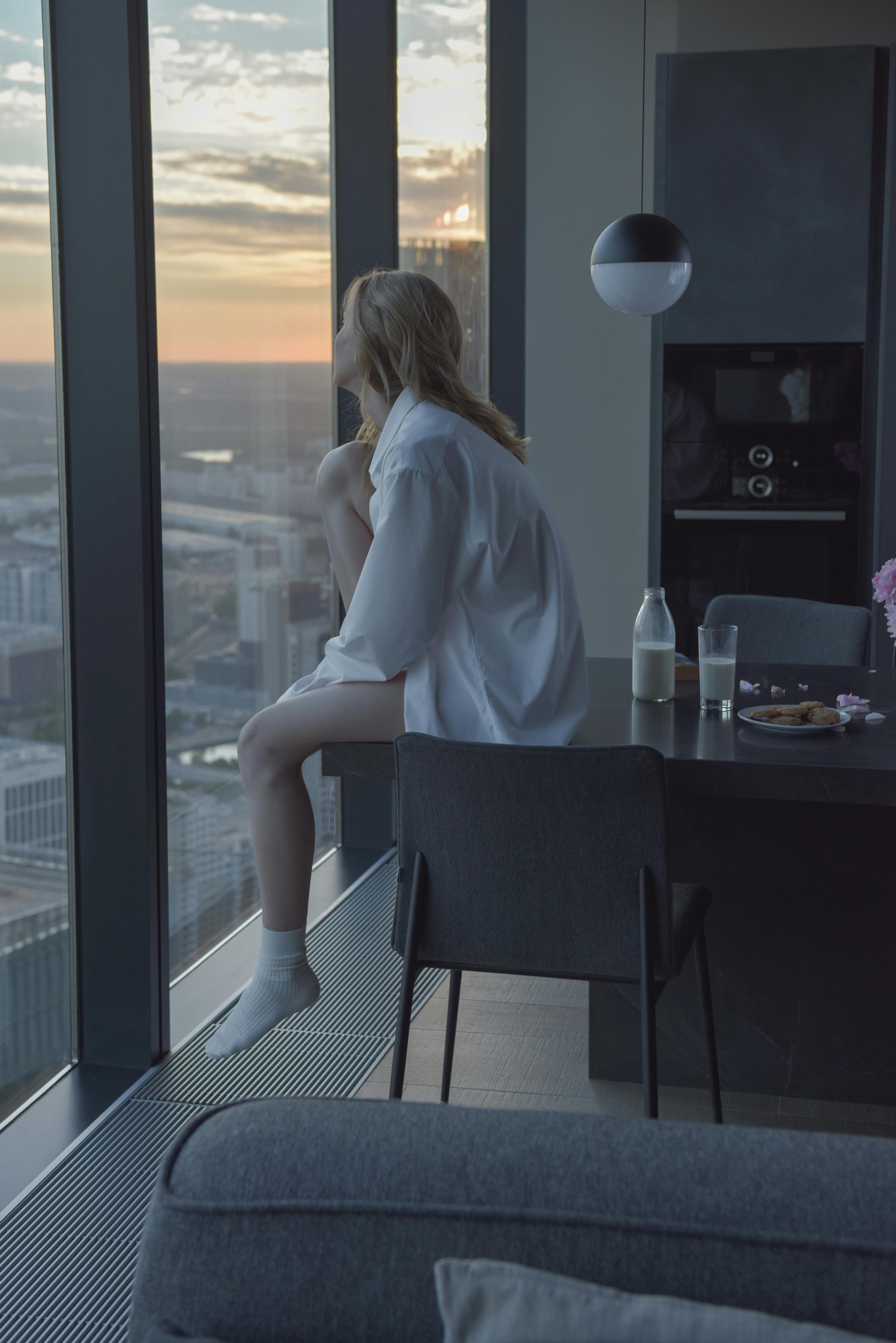
Skyscrapers are the ultimate symbols of modern cities—glass-and-steel monuments to ambition, wealth, and the human urge to literally rise above it all. They look spectacular from the outside, especially in Instagram feeds. But inside? Well, the view comes with a side of isolation.
Take Burj Khalifa in Dubai, the tallest building in the world. Sure, it’s jaw-dropping, but try imagining yourself 125 floors up, staring out at the desert cityscape while your nearest neighbor is… three floors below. Social interaction becomes optional when your elevator ride alone feels like a small adventure.
Even in New York City, One World Trade Center offers panoramic views that scream “success.” Yet many residents or office workers report feeling disconnected. When your daily commute involves zooming past clouds and glass panels, casual human interaction tends to dwindle. Offices and apartments in skyscrapers can be as isolating as they are prestigious.
And don’t forget the psychological factor: living high above the city means looking down on the hustle and bustle while wondering if anyone down there is actually enjoying life—or just stuck in traffic, buying overpriced coffee, and scrolling through social media like everyone else.
The takeaway? Skyscrapers impress visitors and intimidate rivals, but they also remind us that in modern cities, vertical growth sometimes comes at the expense of horizontal connection. Ambition can literally make you feel alone at the top.
7. Public Transport Is a Love-Hate Relationship

Public transport is the backbone of modern cities—but let’s be honest, it’s a messy, unpredictable, occasionally terrifying backbone. You need it, you rely on it, but it’s basically a daily test of patience, smell tolerance, and your ability to avoid eye contact.
Take New York City’s subway. Over 5.5 million riders use it daily, navigating 472 stations across four boroughs. That’s a lot of sweaty commuters packed into cars that smell like a mix of hot metal, regret, and the occasional “what did I just step in?” surprise. Delays, signal problems, and surprise maintenance work are basically part of the experience. And yet, no one dares complain too loudly—because the alternative is… walking, maybe?
Then there’s London’s Tube, where sardine-mode during rush hour is a national pastime. You learn new skills: balancing your morning coffee on one hand, holding the rail with another, and praying the person next to you isn’t clipping their nails. The Tube is punctual… sometimes, depending on whether London’s weather, strikes, or political protests are in full swing.
Even smaller cities can have quirks. In San Francisco, Muni buses are notoriously unreliable, leaving riders frustrated, late, and muttering creative curses. The city’s hills don’t make it any easier, either—gravity is not your friend when a bus stops suddenly on a steep incline.
The truth? Public transport is essential, but it’s also a cruel urban comedy. You love it because it gets you where you need to go. You hate it because it’s simultaneously uncomfortable, chaotic, and entirely unavoidable. In modern cities, the subway is both lifeline and daily endurance challenge.
8. Cities Breed Innovation (And Stress Eating)

Modern cities are like pressure cookers for creativity—and human stress. They push people to invent, disrupt, and hustle harder than anywhere else, but they also make sure you never skip your daily dose of caffeine or comfort food. It’s a delicate balance: genius meets exhaustion meets donut.
Take Silicon Valley, the birthplace of countless tech startups. Entrepreneurs and engineers are building the future while surviving on instant coffee, energy drinks, and sheer panic. The result? Revolutionary apps, AI innovations, and a growing waistline that whispers, “maybe skip the third bagel today.”
Even New York City is a lab for innovation. From fintech startups in SoHo to viral TikTok food trends in Brooklyn, NYC’s residents are constantly inventing something new—whether it’s a business, a shortcut through traffic, or a clever excuse to avoid the subway. And yes, all of it fueled by overpriced lattes and leftover pizza.
Here’s the kicker: urban density accelerates creativity because proximity forces collisions of ideas. But it also accelerates stress. People work longer hours, sleep less, and eat like they’re auditioning for a food challenge show. Cities give you opportunity, but they never let you forget the price of ambition.
So, the next time you see someone coding on their laptop in a crowded café, remember: they’re either changing the world… or figuring out how to survive on kale chips and anxiety. In modern cities, innovation comes at a cost—and it’s usually paid in coffee, cholesterol, and sleep debt.
9. Noise Pollution Is a Silent Killer
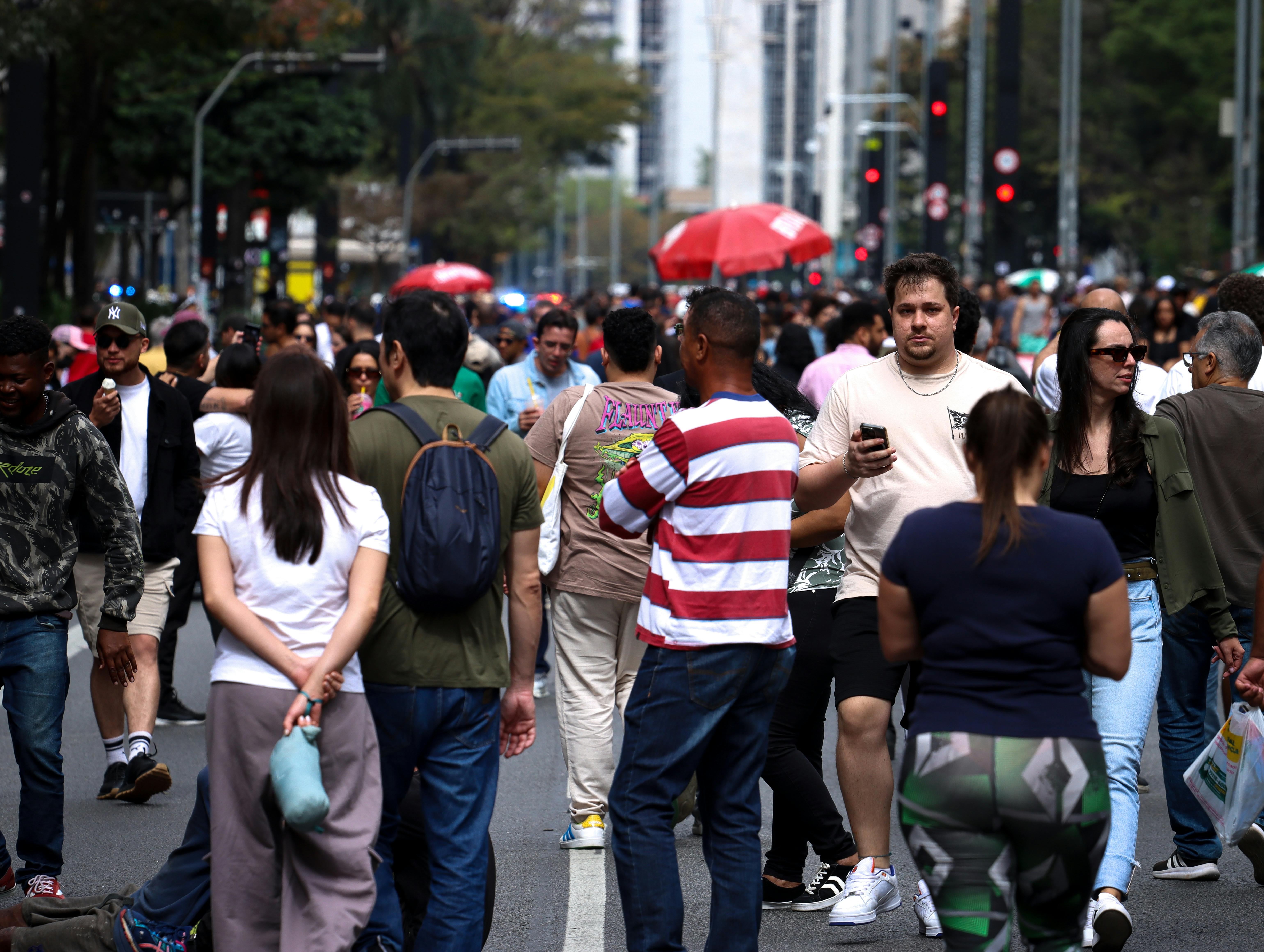
Cities are loud. No, scratch that—they’re deafening. From honking horns to construction drills, sirens, and the occasional street performer who thinks your eardrums are a drum kit, noise pollution is basically the city’s way of saying, “Welcome to urban life, hope you brought earplugs.”
Take Tokyo, where trains arrive every few minutes, neighborhoods buzz with karaoke bars, and pachinko parlors emit a constant mechanical racket. Residents have adapted, sure, but the city’s decibels are not just annoying—they’re linked to higher stress levels, sleep disruption, and even heart problems.
In New York City, the sounds of ambulances, jackhammers, and delivery trucks are a 24/7 soundtrack. Sleep? Optional. Relaxation? Overrated. Studies have found that chronic exposure to urban noise can increase risks of hypertension and other cardiovascular issues. You might think you’re just living in a lively city, but your body isn’t convinced.
Even smaller urban centers are guilty. Chicago, for example, has its share of constant street noise from elevated trains and construction, turning city strolls into endurance challenges for your eardrums.
The moral of the story: cities may be full of life, but they’re also quietly wearing you down. Your city sounds fun in Instagram posts and travel blogs—but in reality, your ears are paying the price. Noise pollution is subtle, relentless, and merciless, making urban survival a test of both patience and hearing.
10. Cities Are Full of Hidden History
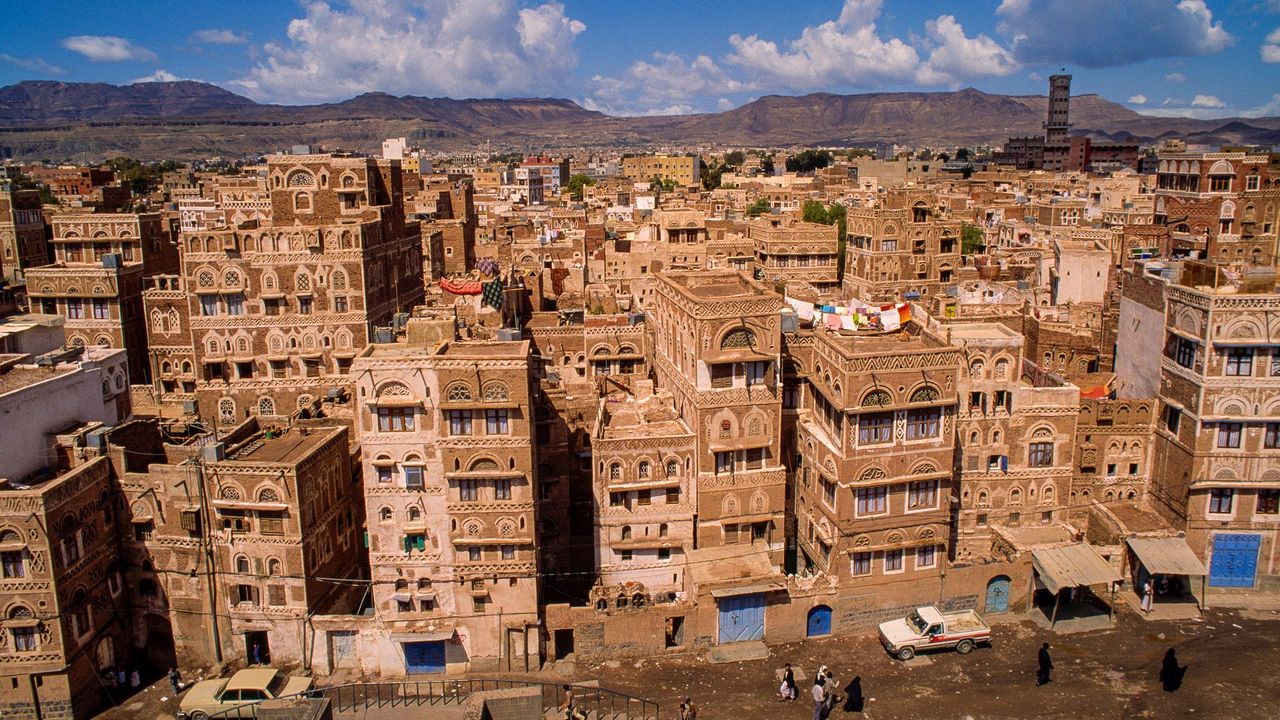
Modern cities might seem all shiny and new, but scratch the surface, and you’ll find layers of history hiding in plain sight. Alleyways, old buildings, and street corners often carry stories that are stranger, darker, or just plain weirder than any tourist brochure will admit.
Take Boston, for instance. The Freedom Trail is famous for Revolutionary War sites, but wander off the main path, and you’ll discover hidden cemeteries, secret gardens, and buildings with graffiti dating back decades. The city practically whispers, “I’ve seen some things, kid.”
In Rome, skyscrapers might be rare, but modern streets run directly atop millennia of history. Ancient ruins peek from beneath cafés, and some apartment buildings literally incorporate Roman columns into their basements. It’s a city where your morning espresso can come with a side of ancient civilization—literally under your feet.
Even cities in the U.S. hold secret pockets of history. Philadelphia has its Liberty Bell and Independence Hall, sure—but dig a little deeper, and you find hidden tunnels, speakeasy-era basements, and cobblestone alleys that have survived centuries of modernization.
The point? Cities aren’t just concrete jungles—they’re living museums. Every cracked sidewalk or forgotten alley might hide a story of rebellion, scandal, or sheer human absurdity. Modern life may be fast-paced, but the ghosts of the past are always lurking, ready to remind you that even the most “progressive” city has a history it can’t entirely outrun.
11. The Cost of Living Will Make You Cry

Cities are glamorous on Instagram, but in reality, they are financial boot camps disguised as lifestyle choices. Rent, groceries, transportation, and the occasional “treat yourself” latte add up faster than a viral meme spreads.
Take New York City. The average monthly rent for a one-bedroom apartment in Manhattan is over $4,000 in 2025. Want groceries? Hope you enjoy paying $7 for a salad that barely qualifies as a meal. Even a simple night out can cost you more than a weekend trip elsewhere.
San Francisco is another classic example. Tech salaries are high, sure—but so are rents. Many residents spend over half their income just to keep a roof over their heads, all while dodging the hipster scooters and e-scooter collisions on their way home.
And it’s not just the mega-cities. Los Angeles, Boston, and even mid-sized urban centers like Austin are increasingly expensive, forcing residents into creative living solutions: roommates, micro-apartments, or simply learning to love the smell of instant noodles.
The brutal truth? City living comes at a cost that few outsiders realize. But despite the expense, people flock there anyway—drawn by opportunity, culture, and that intangible “I belong here” vibe. Cities are expensive, chaotic, and stressful—but somehow, we can’t stay away.
Love ‘Em or Hate ‘Em, Cities Are Here to Stay
Modern cities are messy, loud, expensive, and endlessly fascinating. They’re places where innovation meets traffic jams, history hides beneath glass towers, and secret communities thrive in the shadows. They will test your patience, your wallet, and your ability to dodge scooters—but they also give you stories, experiences, and opportunities you won’t find anywhere else.
Whether you’re stuck in a subway sardine can, dodging smog clouds, or marveling at a skyline from a rooftop bar, one thing is clear: cities are brutally honest. They are as absurd as they are amazing, and despite the chaos, we keep coming back for more.
Modern urban life isn’t perfect—but then again, if it were, we’d probably get bored.